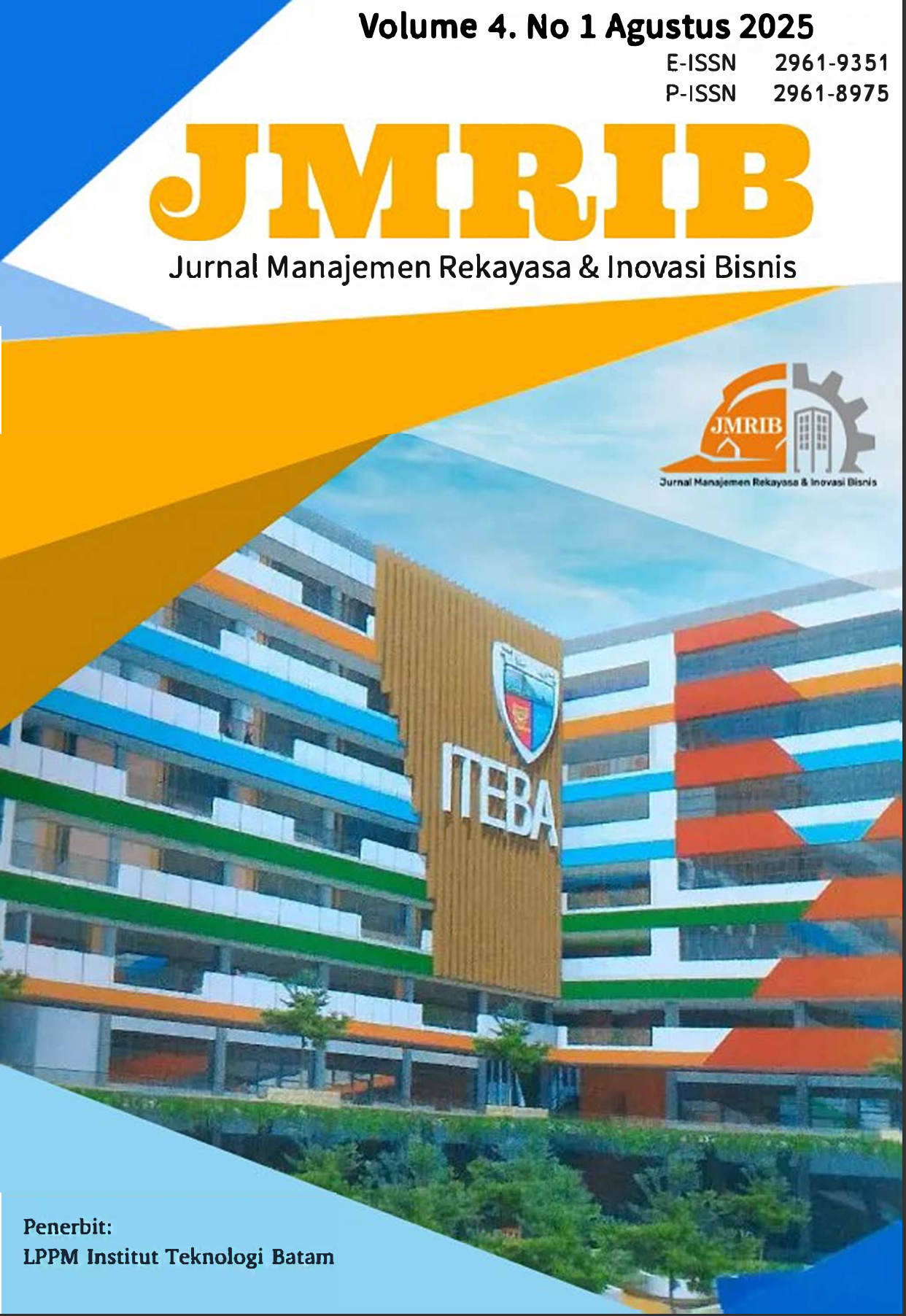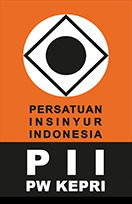Analisis Efisiensi Waktu Kerja dan Kinerja SDM pada Proses Skiving di Industri Mebel Skala Kecil
DOI:
https://doi.org/10.62375/jmrib.v4i1.658Keywords:
Work Sampling, Performance Rating, Productivity, Mebel IndustryAbstract
This study aims to analyze work time efficiency and evaluate employee performance in the skiving process at Juned Furniture Home Industry, Pasuruan. The method employed was work sampling, with a total of 54 observations conducted on employee work activities. The results show that 89% of the time was used productively, while the remaining 11% was classified as idle. Data adequacy and uniformity tests confirmed that the number of observations met the required statistical standards. Performance evaluation using the Westinghouse Performance Rating System yielded a correction factor of +0.18, resulting in a rating factor of 1.18. This indicates that the human resources involved in the skiving process demonstrated a good level of quantitative performance. Allowance time was calculated at 9.5% of total working hours, which remains within an acceptable range. The calculation of standard time and output revealed a productivity rate of 0.15 chair designs per hour. These findings are expected to serve as a practical reference for managerial decision-making regarding work efficiency and production capacity planning in small and medium-sized furniture industries.
Downloads
References
A. Nur Cahyani, “Systematic Literature Review: Pengaruh Pelatihan dan Pengawasan Kerja Terhadap Peningkatan Kinerja Karyawan,” COMSERVA J. Penelit. dan Pengabdi. Masy., vol. 3, no. 03, pp. 970–980, Jul. 2023, doi: 10.59141/comserva.v3i03.851.
E. Nugraha and R. M. Sari, “Perancangan Sistem Penilaian Kinerja Karyawan Berbasis Kompetensi,” J. SIFO Mikroskil, vol. 17, no. 2, pp. 207–214, Oct. 2016, doi: 10.55601/jsm.v17i2.338.
E. Amrina, N. A. Foci, and A. Hasan, “The Effect of Employee Engagement on Employee Performance by Moderation of Generational Characteristics of Employees in Private Agencies,” J. Rekayasa Sist. Ind., vol. 13, no. 2, pp. 75–90, Oct. 2024, doi: 10.26593/jrsi.v13i2.7202.75-90.
J. -, “PENGUKURAN BEBAN KERJA TENAGA KERJA DENGAN METODE WORK SAMPLING (Studi Kasus di PT. XY Yogyakarta),” SPEKTRUM Ind., vol. 13, no. 2, p. 205, Oct. 2015, doi: 10.12928/si.v13i2.2697.
R. Anggraini, S. Laorenza, and M. I. Adelino, “Analisis Pengukuran Waktu Kerja Secara Langsung Dengan Metode Work Sampling Pada UMKM Soerabi Bandung,” J. Sains dan Teknol., vol. 3, no. 1, pp. 151–157, Jan. 2023, doi: 10.47233/jsit.v3i1.519.
S. H. Pahira and R. Rinaldy, “Pentingnya Manajemen Sumber Daya Manusia (MSDM) Dalam Meningkatkan Kinerja Organisasi,” COMSERVA J. Penelit. dan Pengabdi. Masy., vol. 3, no. 03, pp. 810–817, Jul. 2023, doi: 10.59141/comserva.v3i03.882.
N. A. Foci, E. Amrina, and A. Hasan, “Model Konseptual Pengaruh Keterlibatan Karyawan terhadap Peningkatan Kinerja Karyawan Generasi Y dan Generasi Z pada Perusahaan Swasta,” Bus. Manag. J., vol. 20, no. 1, p. 63, Mar. 2024, doi: 10.30813/bmj.v20i1.5089.
T. A. Siagian and V. A. Leksono, “Peningkatan Produktivitas pada Proses Building Tyre Menggunakan Work Sampling Method (Studi Kasus: PT. PN Balikpapan),” J. Ind. Innov. Saf. Eng., vol. 1, no. 2, pp. 64–72, Jul. 2023, doi: 10.35718/jinseng.v1i2.780.
Yudi Daeng Polewangi, “Perancangan Balanced Scorecard Untuk Mengukur Kinerja KaryawanPada Bagian Produksi di PT. X,” J. Manaj. Rekayasa dan Inov. Bisnis, vol. 1, no. 1, pp. 72–81, 2023, [Online]. Available: https://journal.iteba.ac.id/index.php/jmrib/article/view/59
N. Nurjanah and N. R. Ba’tha, “Analisis Penentuan Waktu Satandar Pada Proses Outbond Bagasi di PT Angkasa Pura II,” J. Logistik Bisnis, vol. 10, no. 1, p. 27, May 2020, doi: 10.46369/logistik.v10i1.693.
Downloads
Published
How to Cite
Issue
Section
License
Copyright (c) 2025 Nia Foci, Muhamad Yasin, M. Arif Munanda

This work is licensed under a Creative Commons Attribution 4.0 International License.












